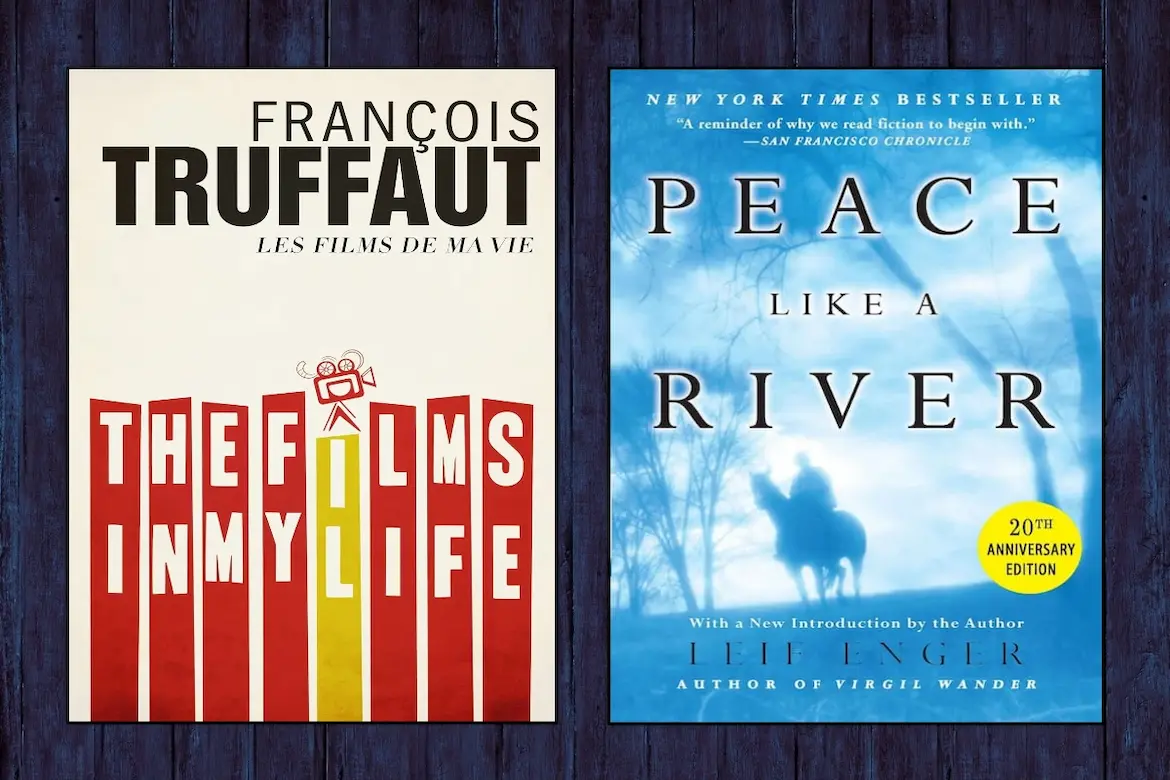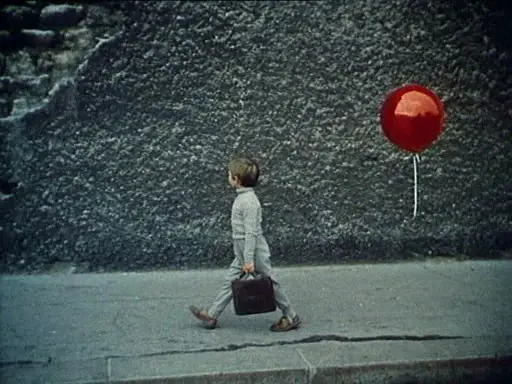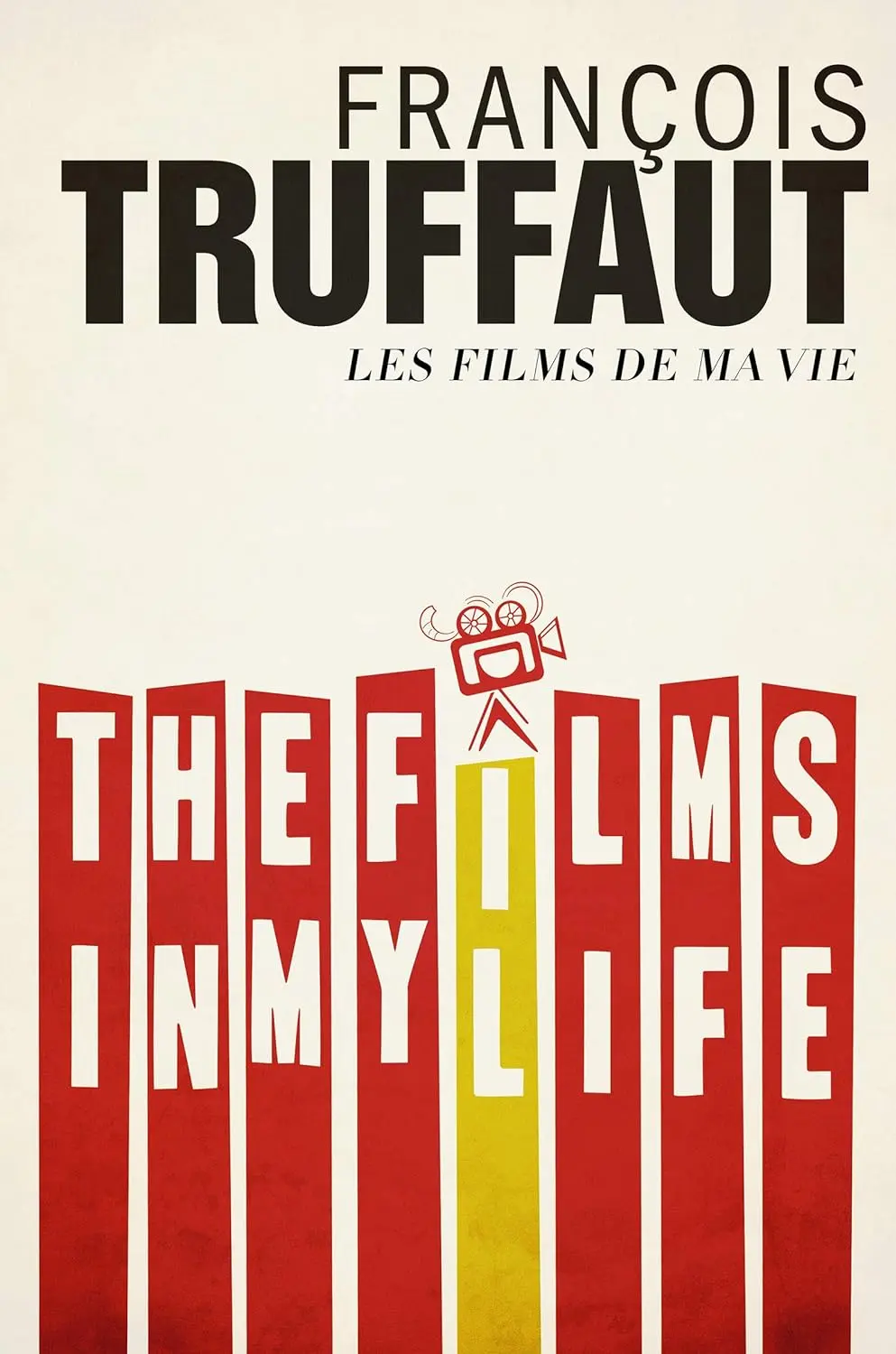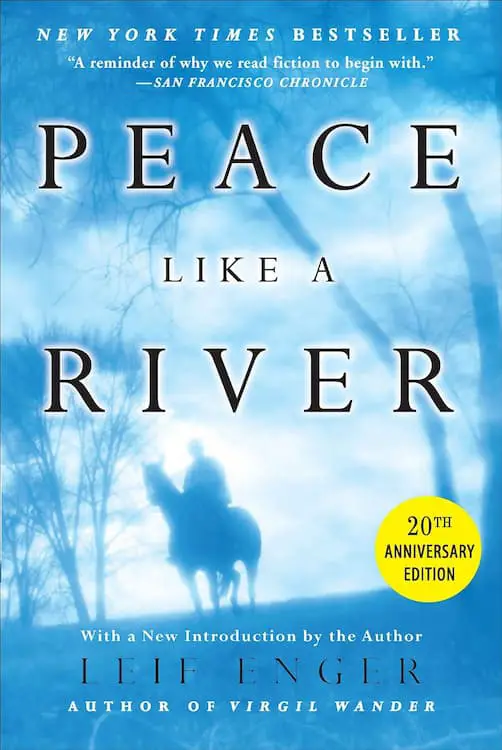You can find and buy the books we recommend at our Bookshop by clicking our LitStack Recs banner.

In this LitStack Rec:

Introduction
This week, we are revisiting a LitStack Rec for two books we know you would love to read. The first Rec, “The Films In My Life” looks at Francois Truffaut’s praise of film directors who served as Truffaut’s teachers and inspiration: Hitchcock, Welles, Chaplin, Renoir, Cocteau, Bergman, and Buñuel. The second Rec, “Peace Like a River,” on the surface, is the story of a younger brother’s search for his older brother, who is on the run from the law. We hope the books inspire you, and we hope you enjoy these Recs and that you add them to your growing TBR list.
~ J.S. Hood
The Films in My Life, by Francois Truffaut
The only thing I like better than watching a film, is writing about film written by filmmakers. There is a dearth of books that cover the director’s examination of his own work, but few directors step into the role of critic. Francois Truffaut (1932-1984), the iconic French new wave filmmaker, whose highly influential films include The 400 Blows, Jules and Jim, Stolen Kisses, Day for Night, and The Story of Adele H.
Truffaut remained throughout his life a dedicated moviegoer and a clear-headed voice about what made a movie great—and he had a pivotal role in Steven Spielberg’s 1978 film, Close Encounters of the Third Kind. The Films in My Life is a selection of essays, first published in 1975, that encompass the history of film and praise the directors who served as Truffaut’s teachers and inspiration: Hitchcock, Welles, Chaplin, Renoir, Cocteau, Bergman, and Buñuel.
Among the essays is a look at a film readers of a certain age were sure to have seen at the school library, Albert Lamoirsse’s The Red Balloon (1956). It’s the story of a “magical” balloon that finds a boy and follows him through the streets of Paris. It’s one of the films Truffaut likes less:
When Walt Disney bestowed human speech and reactions on animals, he cheated the animals and the human beings as well…Le Ballon Rouge pushes transference to its ultimate. The red balloon that willingly follows the little boy acts like a puppy that acts like a human being. This is Walt Disney to the nth degree. What is wrong with this pretense is precisely that it is artificial, and it sinks deeper into the conceit as the film goes on.
Not to, well, burst any balloons, because the film is a popular classic, but the artifice and its limited reach helps illustrate Truffaut’s commitment to his New Wave realist roots. And among the pleasures of these more than one hundred essays, all selected by the author, is to see exactly how Truffaut responds to the various influences in the history of cinema, not just in French and American examples, but internationally.
Here’s a 1973 impression on the premiere of Ingmar Bergman’s Cries and Whispers:
There are Bergman “periods.” The present period is more physical than metaphysical. The strange title Cries and Whispers stays with you as you come away from watching the film, having been cried to and whispered to.
You can read this collection, not only to get inside the mind of one of the 20th century’s most brilliant directors, but for gems like his essay on Humphrey Bogart, written in 1958, or his appreciation of the anarchic surrealist, Luis Buñuel. In Buñuel, Truffaut finds an exemplar of what it means to make films:
The discipline of film has its own rules, which have not yet been fully explored, and it is only through works such as those of Buñuel and the other great director-writers that we will one day realize them fully.
Meanwhile, comment est-ce que votre francais? If it’s not too rusty, check out this undated (circa 1960), untranslated interview with Truffaut, here.
—Lauren Alwan
Titles by Francois Truffaut
Peace Like a River by Leif Enger
The other day I went “thrifting” with my daughter, and came away from the local Goodwill with a treasure: a copy of Leif Enger’s debut novel, “Peace Like a River”. This is one book that hit me right in the heart, but the copy I had read was from the library; until now, I didn’t have one taking up permanent residence on my shelves. I’m so happy that omission has been rectified.
“Peace Like a River”, on the surface, is the story of a younger brother’s search for his older brother, who is on the run from the law. But it is so much more. It is a story contingent on the kindness of strangers, a quiet witness to miracles, a testament to the power of family, and a reminder that love can overcome even the most tragic of circumstances. It’s not an easy book – not in that it’s convoluted or complex, but because it’s so personal – yet it’s a very rewarding, very affirming experience.
Once in my life I knew a grief so hard I could actually hear it inside, scraping at the lining of my stomach, an audible ache, dredging with hooks as rivers are dredged when someone’s been missing too long.”
It’s a beautiful book, beautifully written. At this time as we are emerging from our winter slumber, it would be a wonderful book to read. Even if you have to go to Goodwill to find a copy.
—Tee Tate
Titles by Leif Enger
Other LitStack Resources
Be sure and look at our other LitStack Recs for our recommendations on books you should read, as well as these reviews by Lauren Alwan, and these reviews by Sharon Browning.
As a Bookshop, BAM, Barnes & Noble, Audiobooks.com, Amazon, and Envato affiliate, LitStack may earn a commission at no cost to you when you purchase products through our affiliate links.





